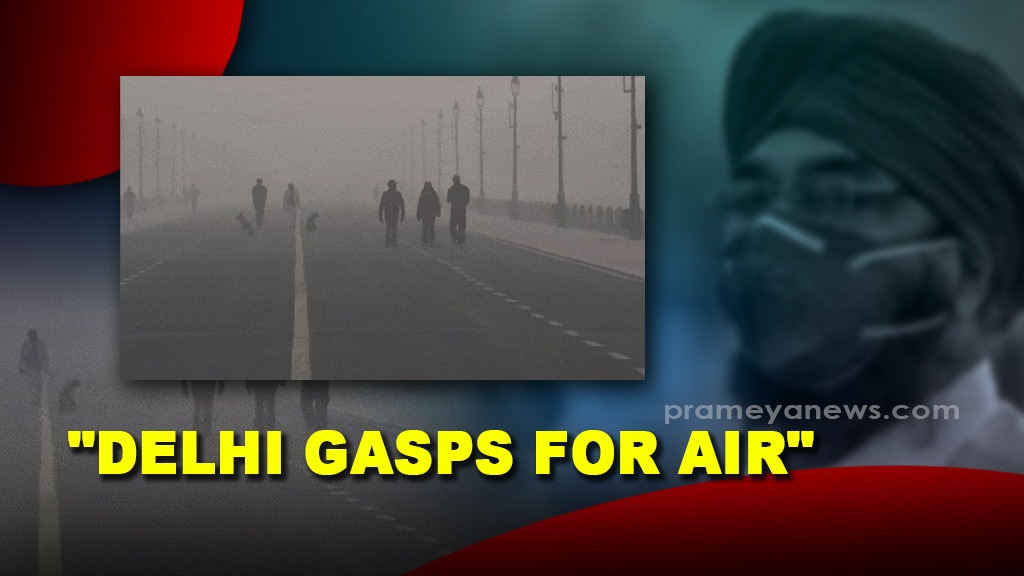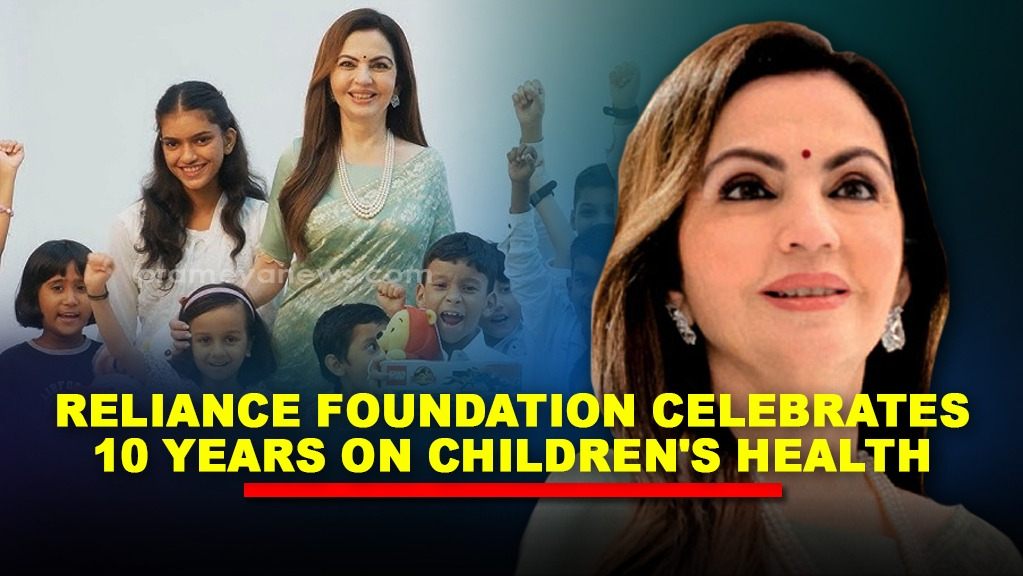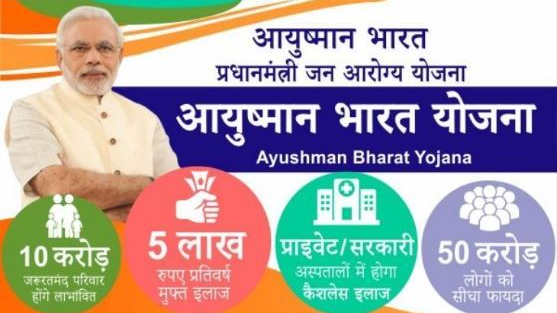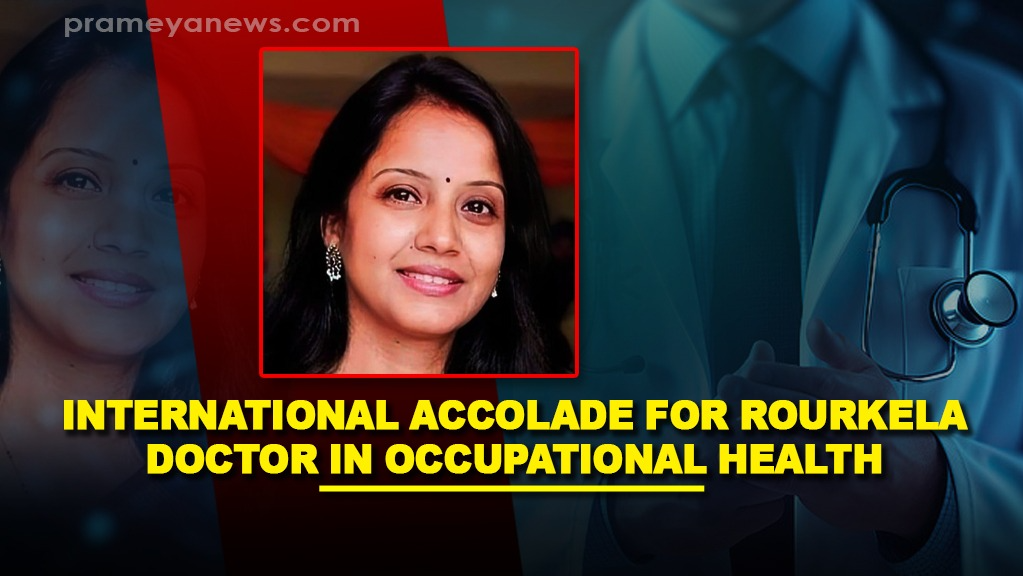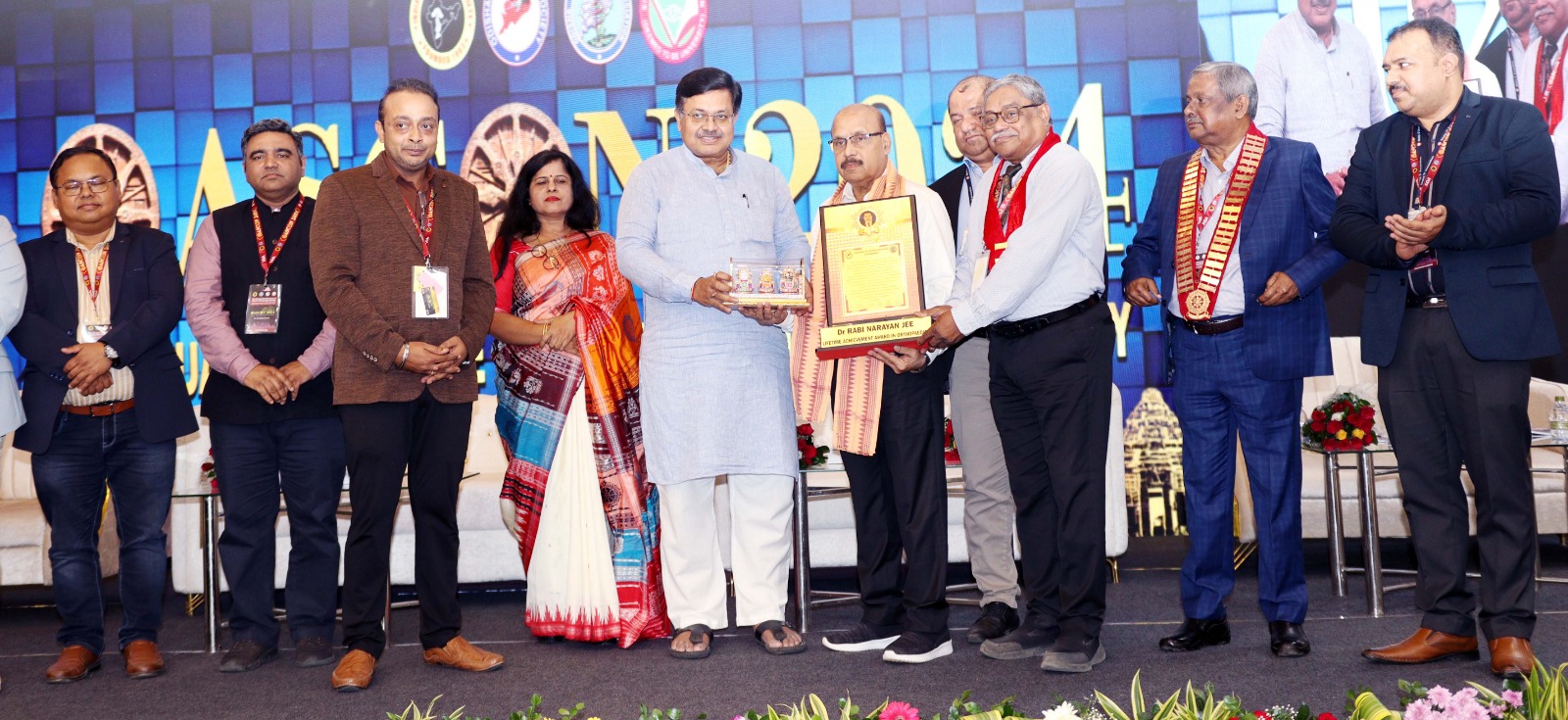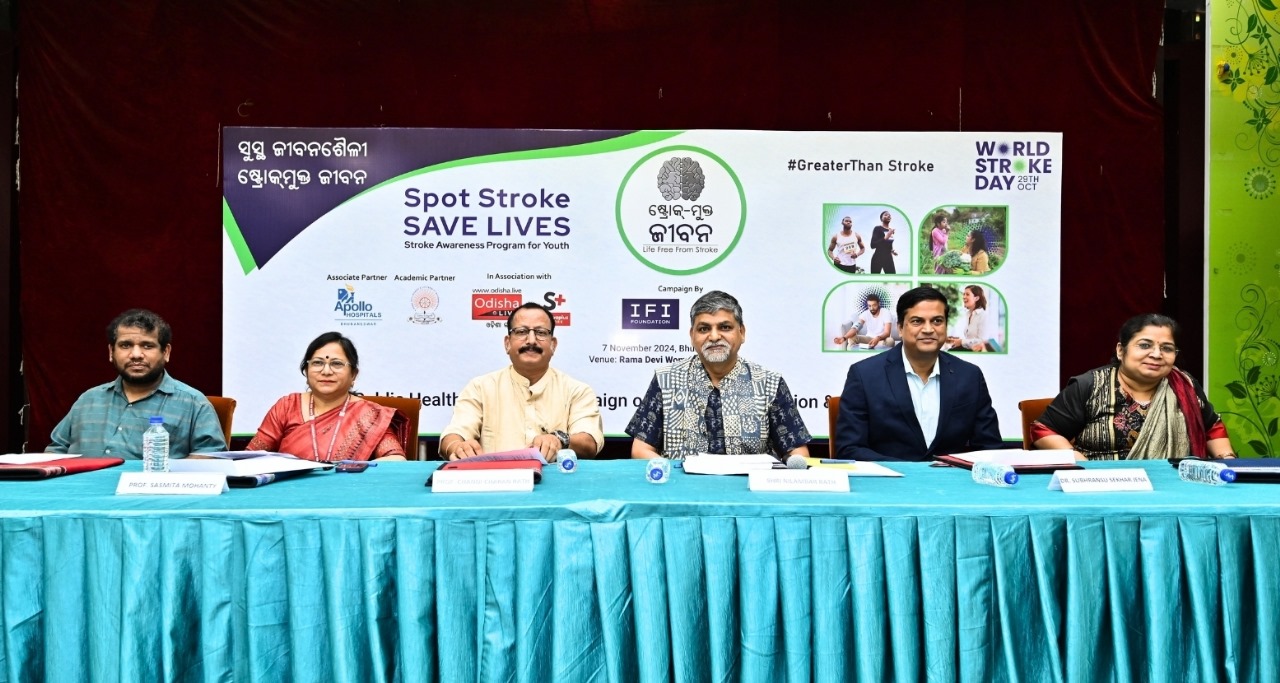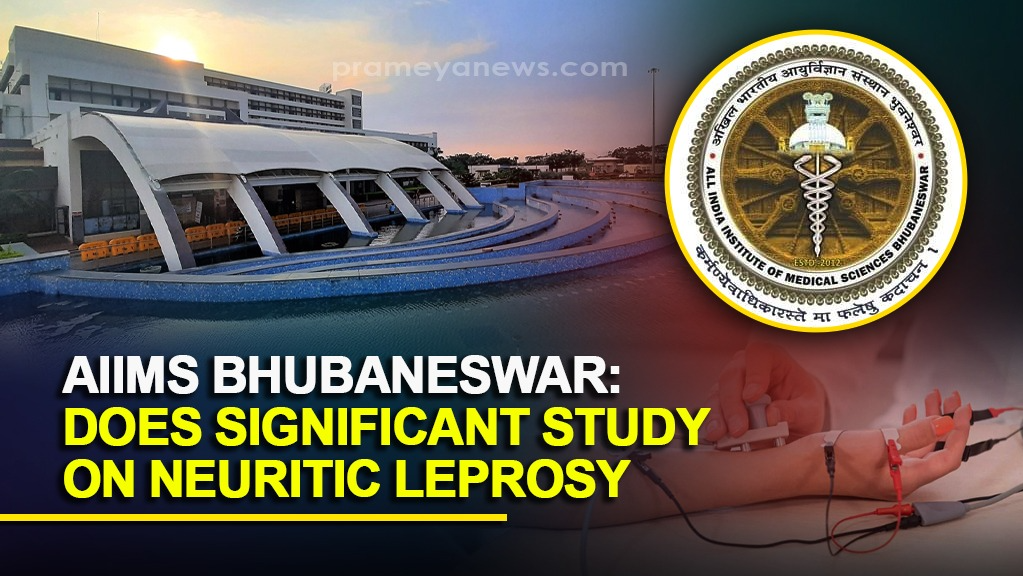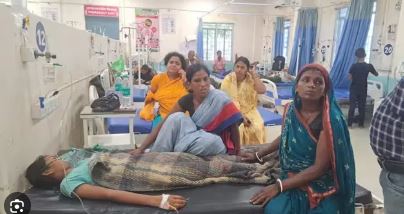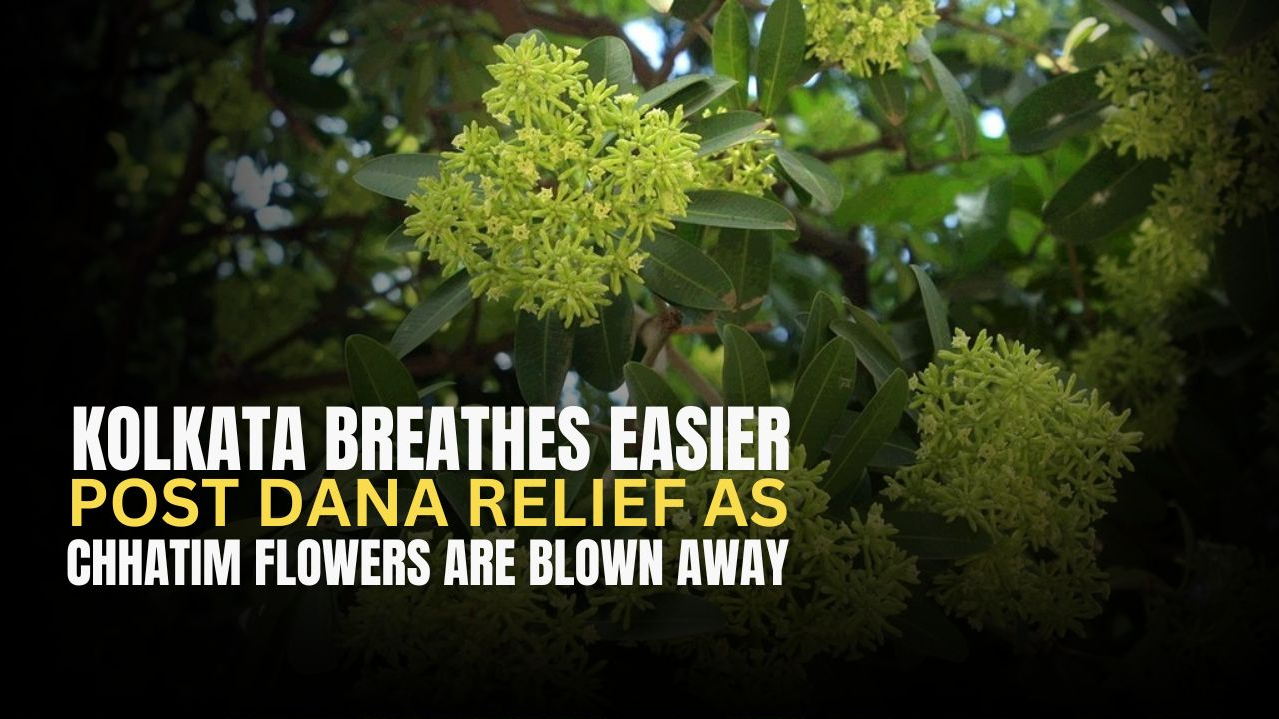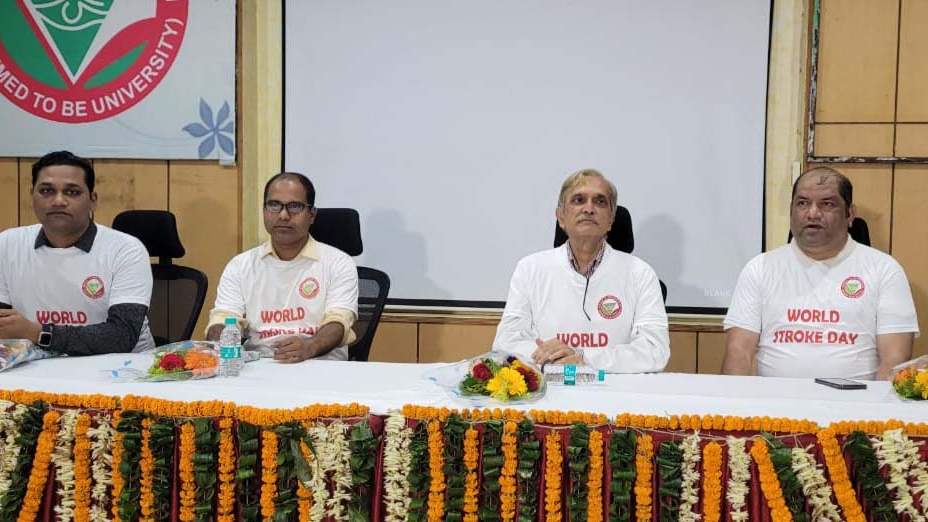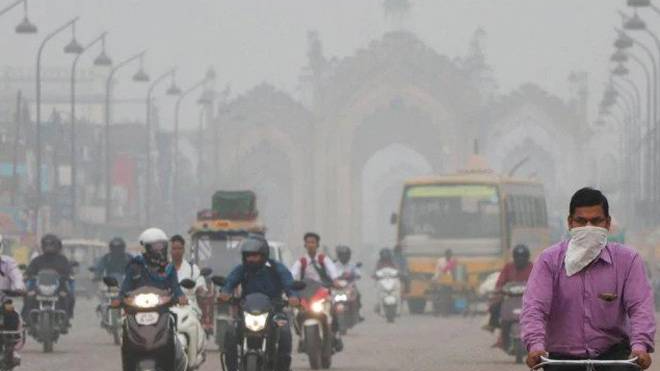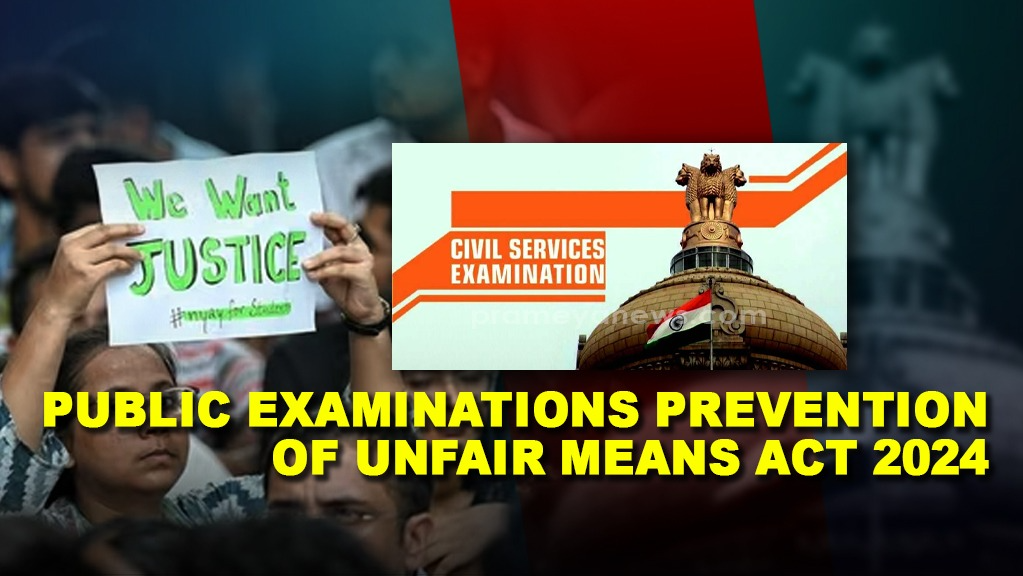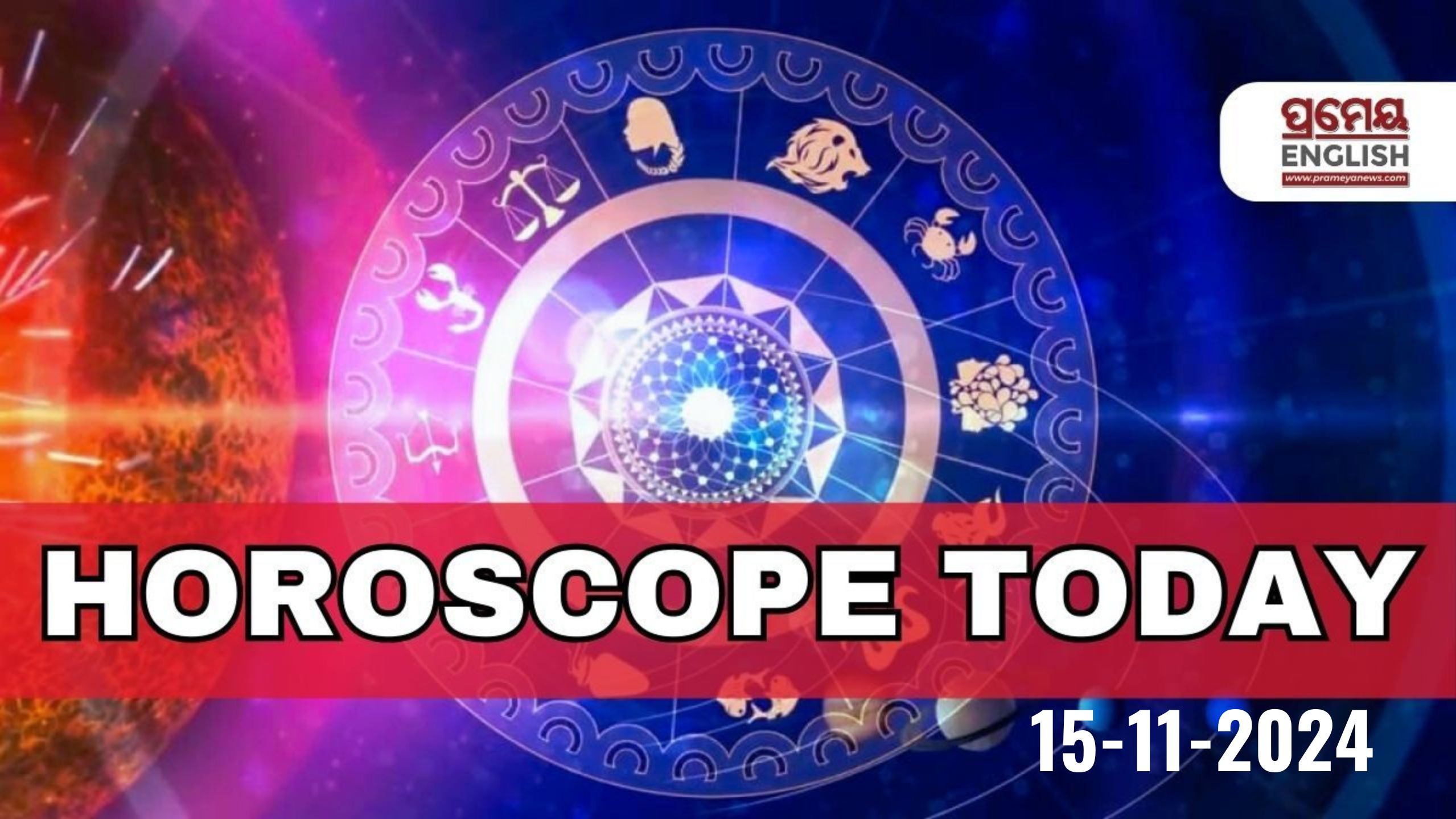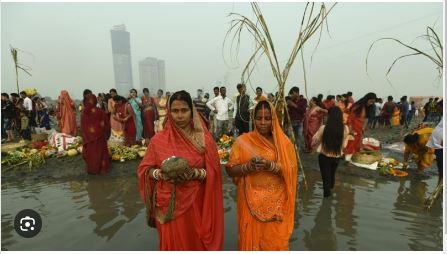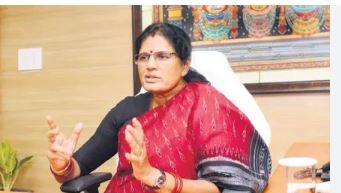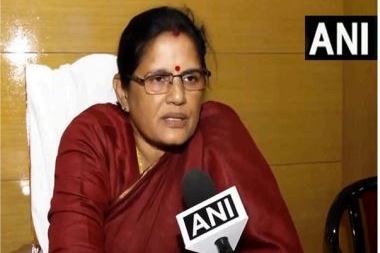Delhi is in the grip of a severe air pollution crisis, with the city shrouded in a thick blanket of smog for the third day running. The Air Quality Index (AQI) stubbornly persists in the "severe" category, reaching 409 on Friday, as reported by the Central Pollution Control Board (CPCB). This prolonged period of hazardous air quality has not only disrupted daily life but also poses a significant threat to public health, particularly for vulnerable groups like children, the elderly, and individuals with respiratory conditions.
The heavy smog hanging over the city has drastically reduced visibility, impacting traffic flow and causing disruptions to flight schedules. Beyond the immediate inconvenience, the health implications of breathing this toxic air are a major cause for concern. Residents are experiencing a range of adverse effects, from stinging eyes and sore throats to more serious respiratory distress.
"Of the 39 monitoring stations in Delhi, 21 registered severe AQI levels, with four classified as 'severe plus'. Jahangirpuri, Bawana, Wazirpur, and Rohini experienced the worst pollution, with AQI levels of 458, 455, 455, and 452, respectively. However, the 24-hour overall air quality showed slight improvement compared to Thursday’s AQI of 432."
The severity of the situation has prompted the Commission for Air Quality Management (CAQM) to enforce stringent anti-pollution measures under Stage 3 of the Graded Response Action Plan (GRAP). These emergency measures aim to curb pollution levels and protect public health.
GRAP stage 3 measures in effect:
Traffic restrictions: To reduce vehicular emissions, all interstate buses from NCR states, except those running on electricity, CNG, or BS-VI diesel, are prohibited from entering Delhi. Furthermore, restrictions on the movement of BS-III petrol and BS-IV diesel vehicles are being enforced in Delhi and surrounding districts, including Gurugram, Faridabad, Ghaziabad, and Gautam Budh Nagar. Authorities are urging residents to utilize public transport and avoid unnecessary travel.
Construction ban: All construction and demolition activities have been halted to minimize dust pollution. Only essential projects related to infrastructure and public utilities are exempt from this ban. This measure aims to prevent the further deterioration of air quality caused by construction dust.
School closures: Recognizing the vulnerability of young children to air pollution, the Delhi government has announced the closure of schools for students up to Grade V. Classes will be conducted online until further notice to ensure the safety and well-being of students.
Industrial restrictions: Industries are being closely monitored to ensure compliance with emission norms. Those found violating the prescribed standards face penalties and potential closure. This is crucial to curb industrial emissions, a significant contributor to air pollution.
Enhanced monitoring and enforcement: Teams are deployed across the city to monitor pollution levels and enforce the GRAP measures. Strict action is being taken against those found violating the restrictions, including hefty fines and legal action.
Public awareness and health advisories:
In addition to the emergency measures, public awareness campaigns are being conducted to educate citizens about the health risks associated with air pollution and encourage them to take precautions. Health advisories have been issued, urging people to minimize outdoor activities, wear masks when venturing out, and seek medical attention if they experience any respiratory problems.
The road ahead:
The current air pollution crisis in Delhi serves as a stark reminder of the urgent need for sustainable solutions to address this recurring problem. While emergency measures like GRAP provide temporary relief, long-term strategies are crucial to ensure clean and breathable air for all. This includes tackling sources like vehicular emissions, industrial pollution, construction dust, and stubble burning in neighboring states. A collaborative approach involving government agencies, civil society, and citizens is essential to combat this challenge and create a healthier environment for future generations.
DISCLAIMER: The information presented in this brief draws upon publicly available sources, including news reports, industry publications, and expert commentary. The analysis and conclusions presented reflect the author's own understanding and perspective.




